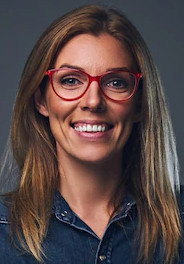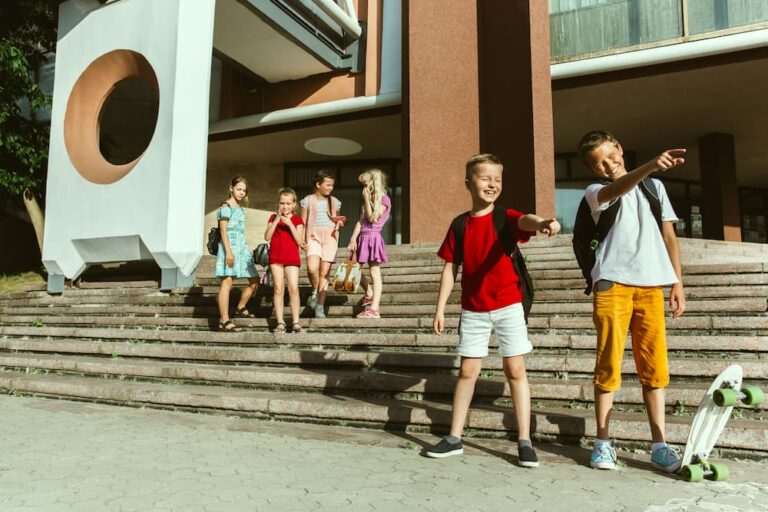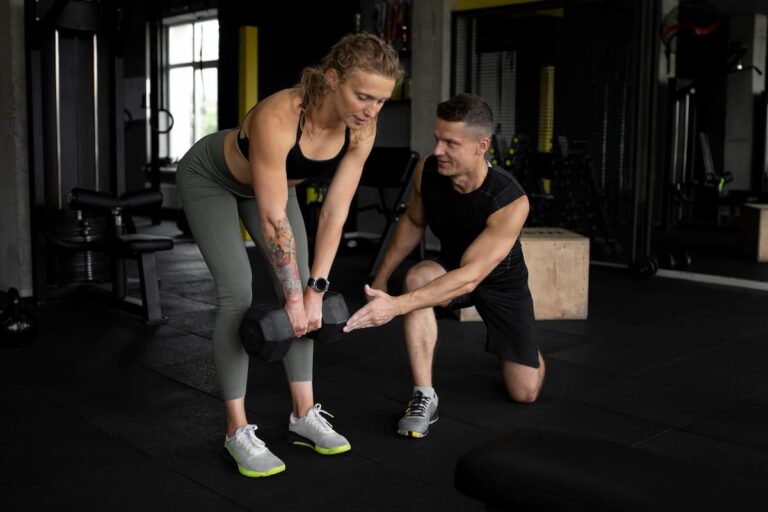Flipped classroom raul santiago
Chronology of a flipped classroom
You have to move from the passive «canned» form to more active methods, something that engages the learners. There is a lot of research that shows this simple fact: active learning is better. Whatever their background, economic level, cultural level, etc., everyone is more engaged. Moreover, teachers who have switched to active methodologies are delighted and none would go back.
In active learning, the teacher presents specific challenges for students to decipher. Experimental data to interpret, a case study to analyze, complex real-world problems, or hypothetical questions to verify are some of these challenges. In addressing their resolution, students recognize the need for skills, knowledge or conceptual understanding. In this process they also learn to discover and decide for themselves what they need to know and know how to do to respond to the challenge. All this is possible thanks to Flipped Learning, because what it fundamentally provides us with is time.
Explanation of the flipped classroom model
In your presentations you insist a lot that the flipped classroom is a learning modality and not a methodology, but the implementation of the flipped classroom without an active methodology does not make sense. Would you qualify the flipped classroom as a suitable complement, a catalyst for educational change?
Obviously yes, the flipped classroom demands a lot from a technological point of view in terms of digital technological competence, but it also demands a lot from the point of view of the change of methodology within the classroom. This combination of elements, both the knowledge of the subject and the technological and methodological knowledge, which is called the T-Pack model, must be kept in mind and be aware that it will require effort, time and demand.
Look how easy it would be for teachers who have a very limited digital competence, for whatever reasons, to simply locate, within the countless educational servers that exist, a video of a certain length that can be used for the student to work on before going to class. That would already be an achievement for many of them. Therefore, we would already have a first level of acceptance. We should also get other teachers who have greater digital competence to enrich that video with a series of questions and we would already be at a second level. And if you want, then we could have a third level where the teacher creates his or her own video. The flipped classroom can be adapted to any level of digital competence of the teacher and for this there are many tools.
Conferencia «el modelo flipped learning y el aprendizaje
A medida que el flipped learning sigue creciendo, hay una mayor necesidad de que el flipped learning se extienda más allá de los profesores individuales que hacen flipped learning, para llegar a implementaciones más grandes con una planificación y un liderazgo sistémicos. Este artículo es el sexto de una serie de siete. Los posts anteriores fueron: A veces los estudiantes no siempre comunican a sus padres información precisa sobre lo que está sucediendo en la escuela.
Una de las peticiones más frecuentes que recibo es la de sugerencias para desarrollar lecciones de flipped classroom. El primer paso es decidir si quieres crear tus propias lecciones en vídeo desde cero o si quieres desarrollar lecciones basadas en vídeos que otros han producido. En esta entrada veremos las herramientas para hacer ambas cosas. Desarrollar lecciones flipped desde cero con tus propios vídeos.
A medida que el flipped learning sigue creciendo, hay una mayor necesidad de que el flipped learning se amplíe más allá de los profesores individuales que dan la vuelta a la clase, para llegar a implementaciones más grandes con una planificación y un liderazgo sistémicos. Este artículo es el quinto de una serie de siete. Los artículos anteriores fueron: – Parte 1: Escalar el Flipped Learning: Necesidades tecnológicas a escala- Parte 2: Ampliar el Flipped Learning: Necesidades pedagógicas a escala- Parte 3: Escalar el Flipped Learning: Cambiar los sistemas de evaluación – Parte 4: Ampliar el Flipped Learning: Espacios de aprendizaje – Parte 5: Escalar el Flipped Learning: Parte 6: Escalar el Flipped Learning: Parte 6: La participación de los padres (aún no publicada) – Parte 7: La ampliación del Flipped Learning: La participación de los profesores (aún no se ha publicado)
Flipped classroom model
Flipped learning is often confused with blended learning. In blended learning or mixed learning, the teacher says that you are going to learn these contents through the platform and these others you are going to learn in class (face-to-face or synchronous online). That is not flipped learning, that would be blended learning because I use different spaces and different resources to do different things.
Flipped learning involves cognitive connection and phase separation. There must be a connection between what I do in that reading or that video and what I am going to do in class. It is important that the teacher knows how to differentiate what cognitive development is going to be addressed in the individual space and establish the objectives to be achieved from that video, reading, podcast, etc. So that it has a connection with what I am going to do in class.
There are other modalities such as videoclasses, in which the same thing I would do in class is recorded on video. That is not flipped learning either because a class is not the same as a recorded video, there are characteristics that differentiate them.

Bienvenid@, soy Patricia Gómez y te invito a leer mi blog de interés.

